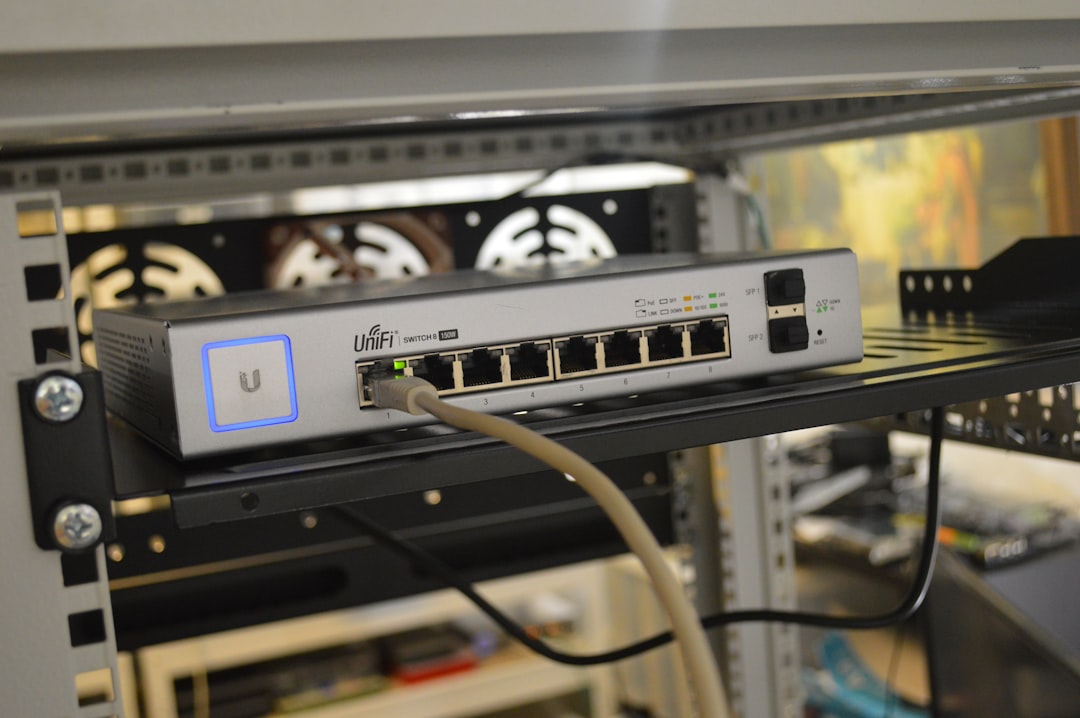How to Check for DNS Leaks (Step-by-Step Guide)
Ever wonder if your internet privacy is really private? If you’re using a VPN, you might think you’re totally anonymous online. But there’s a sneaky way your information can still leak: through DNS. Don’t worry — it’s not as scary as it sounds. In fact, checking for DNS leaks is easy and kind of fun once you know how. Let’s break it down step by step.
⛅ What is a DNS Leak?
Before we dive in, let’s get the basics out of the way.
DNS stands for Domain Name System. It’s like the phonebook of the internet. When you type in a website like google.com, your computer asks a DNS server to tell it the IP address of that site.
A DNS leak happens when your computer sends those DNS requests outside the VPN. That means your ISP — or anyone snooping — could see where you’re going online. Uh oh!

🔍 Why Should I Care?
If you care about privacy, you absolutely should care about DNS leaks. Here’s why:
- Your browsing habits can be tracked
- Your location might be revealed
- Hackers or advertisers could get useful info
Even if you’re using a VPN, a DNS leak is like leaving a window open when you’re trying to hide.
🧪 Step-by-Step: How to Check for DNS Leaks
Let’s get to the good stuff. Here’s your simple, no-geek-language guide to checking for DNS leaks.
Step 1: Connect to Your VPN
Start by connecting to your VPN service. Use their app or software just like you always do. Make sure it shows you’re connected and secure.
Step 2: Visit a DNS Leak Test Site
There are free websites that’ll check for DNS leaks instantly. Here are a few good ones:
Once you’re on one of these sites, choose “Standard test” or “Extended test.” The extended option gives more detail, but both will work.
Step 3: Read the Results
Let the test run. When it’s done, look at the list of DNS servers it finds.
- If it shows servers from your VPN — Great! You’re secure.
- If it shows your ISP or local country — Uh-oh. That’s a DNS leak.
Tip: If you’re unsure, disconnect your VPN and run the test again. See what “normal” results look like with your real ISP.
Step 4: Fix Any Leaks
Got a DNS leak? No worries! You can fix it.
Here are some quick fixes:
- Enable DNS Leak Protection in your VPN settings. Many top VPNs have this built-in.
- Use a VPN with its own DNS servers. Some cheap or free VPNs may still use your regular ones.
- Use encrypted DNS such as DNS over HTTPS. Apps like Cloudflare’s 1.1.1.1 can help.
- Manually set your device to use trusted DNS servers like Google (8.8.8.8) or Cloudflare (1.1.1.1).
Restart your device and check again to make sure everything’s tight and secure.
💡 Extra Tips for Staying Leak-Free
Here’s some bonus advice to keep your online tracks covered:
- Always test after switching VPN servers. Sometimes settings reset.
- Use a trustworthy VPN. If it’s free and sketchy, it’s probably not privacy-focused.
- Keep your system updated. Old bugs can cause leaks too!

🤓 Advanced Option: Use Command Line Tools
If you’re feeling tech-savvy, you can dig even deeper. This isn’t required, but it’s kind of cool.
On Windows:
ipconfig /allThis command lists all DNS servers your system uses. You can compare with your VPN provider’s list.
On Mac:
networksetup -getdnsservers Wi-FiIf you see your ISP listed here, your VPN isn’t working right.
🛡️ What If I Still See Leaks?
If you’ve tried everything and still have leaks, here are a few next steps:
- Contact your VPN’s support. They might recommend changes or fix settings on their end.
- Try another VPN. Seriously, not all VPNs are created equal.
- Dig into your router settings. Some routers override DNS no matter what.
This is rare, but it can happen. A trusted VPN with strong leak protection should cover 99% of users.
🌍 Public Wi-Fi and DNS Leaks
Be extra careful on public Wi-Fi. Sometimes, networks force you to use their DNS even if you’re using a VPN. This is a risk in cafes, airports, and hotels.
Test before doing private things like logging into bank accounts or writing your next best-selling novel.
Pro tip: If you’re traveling, check for leaks often just to be sure.
🎯 Final Thoughts
DNS leaks are like losing your invisibility cloak. But once you know how to check for them, you’re back to ninja status!
To recap:
- Connect to your VPN
- Use online tools to test for DNS leaks
- Fix issues using your VPN settings or DNS tools
Now you know the tricks. Stay safe, stay hidden, and keep browsing like a boss!



